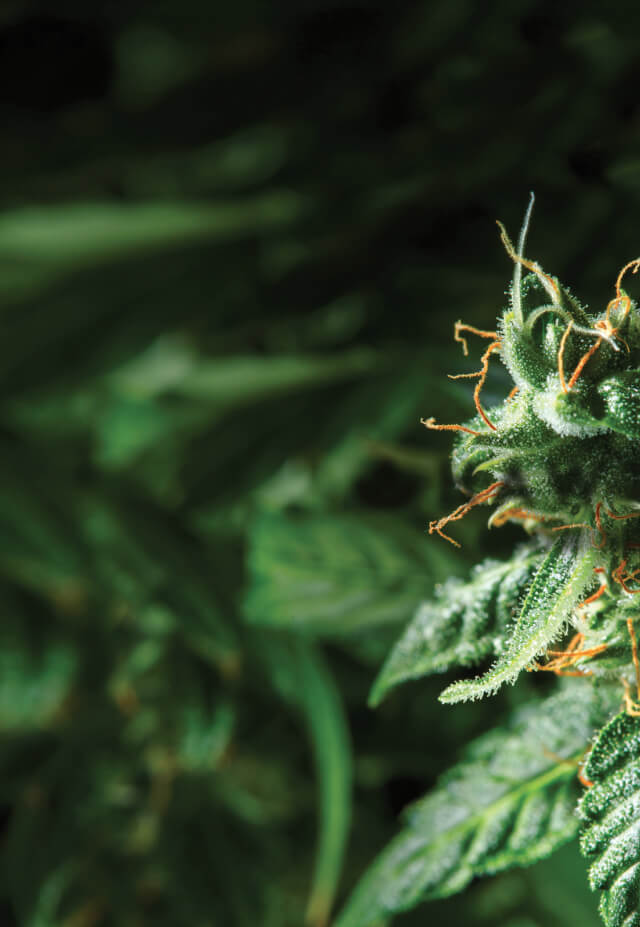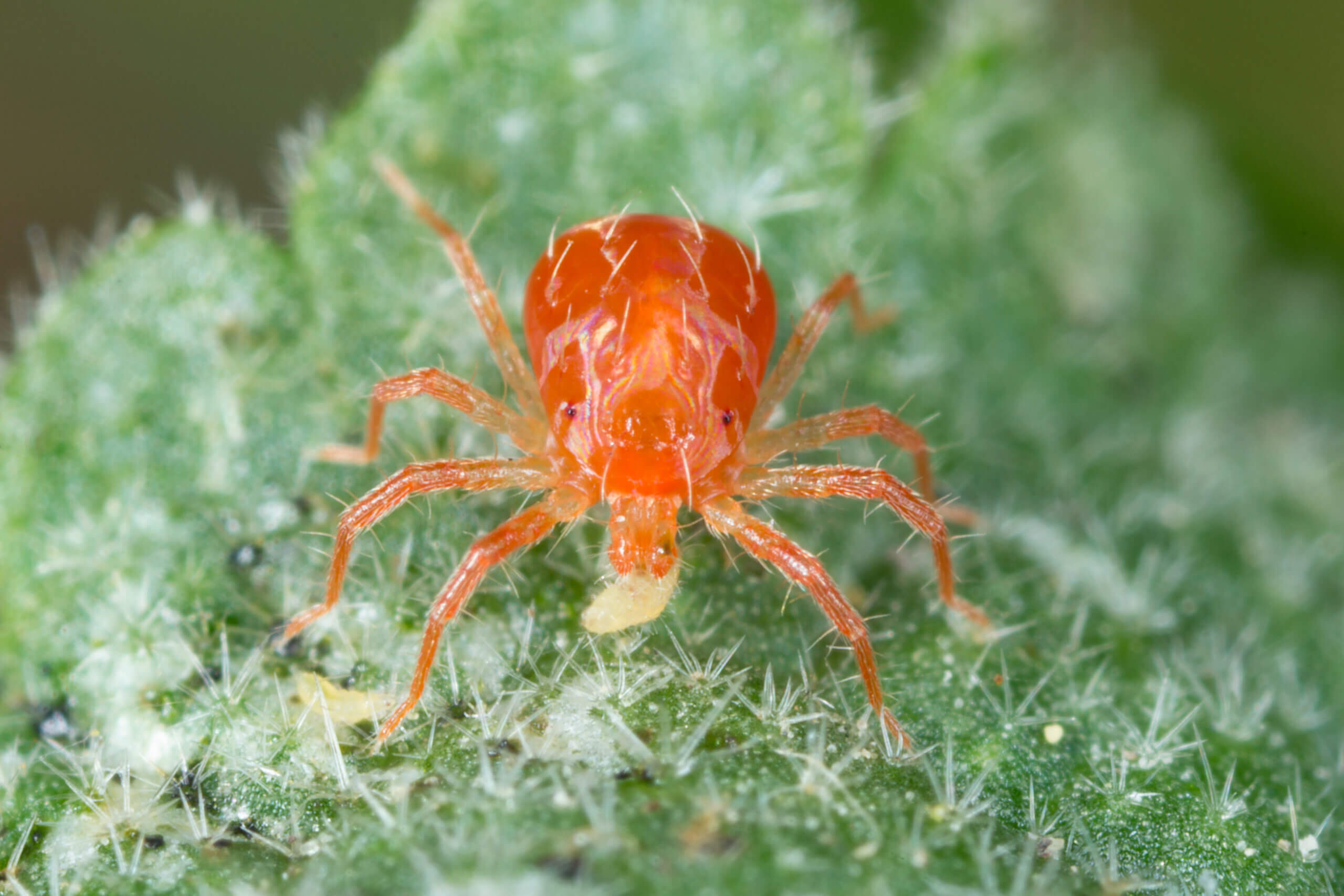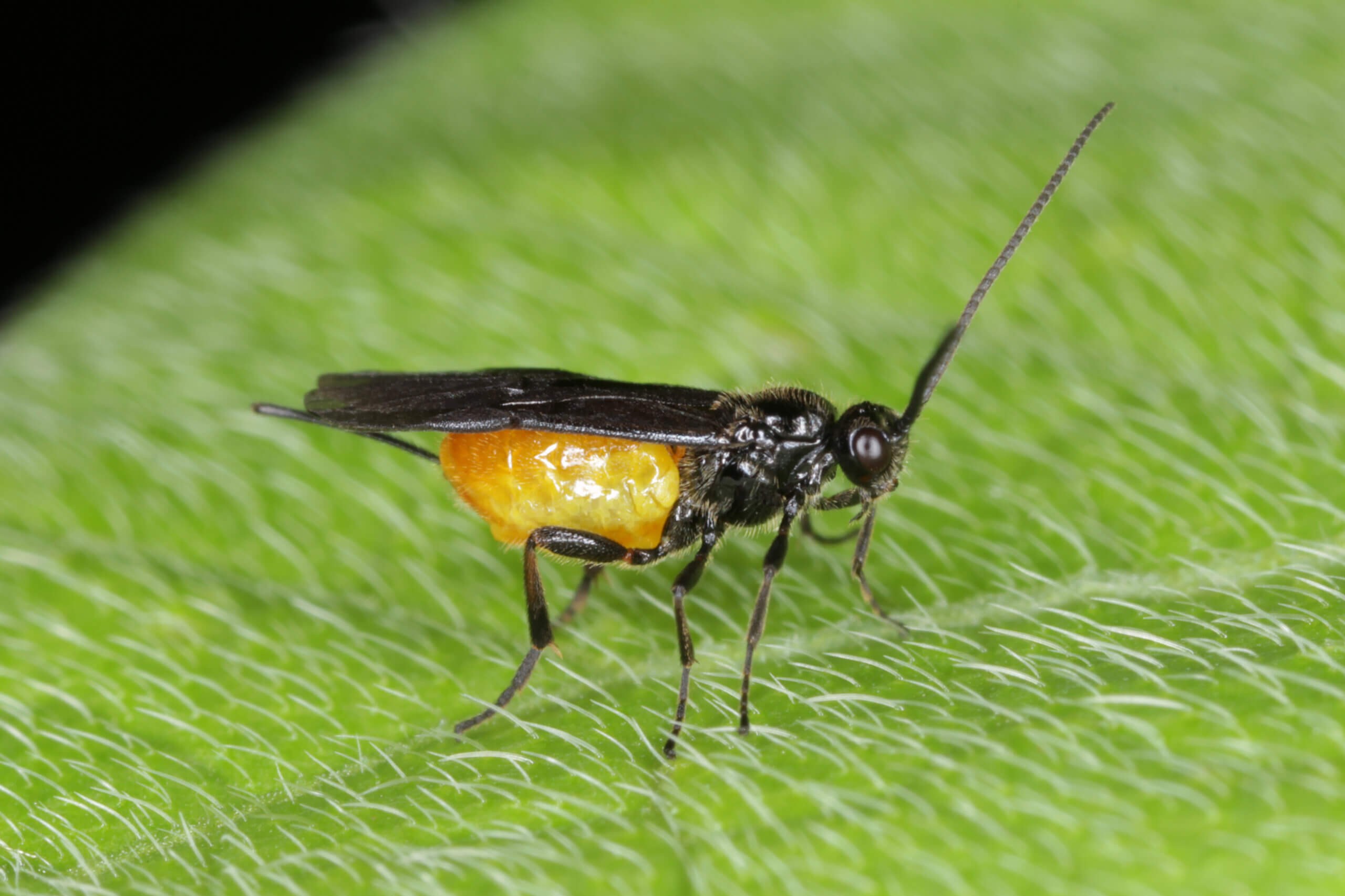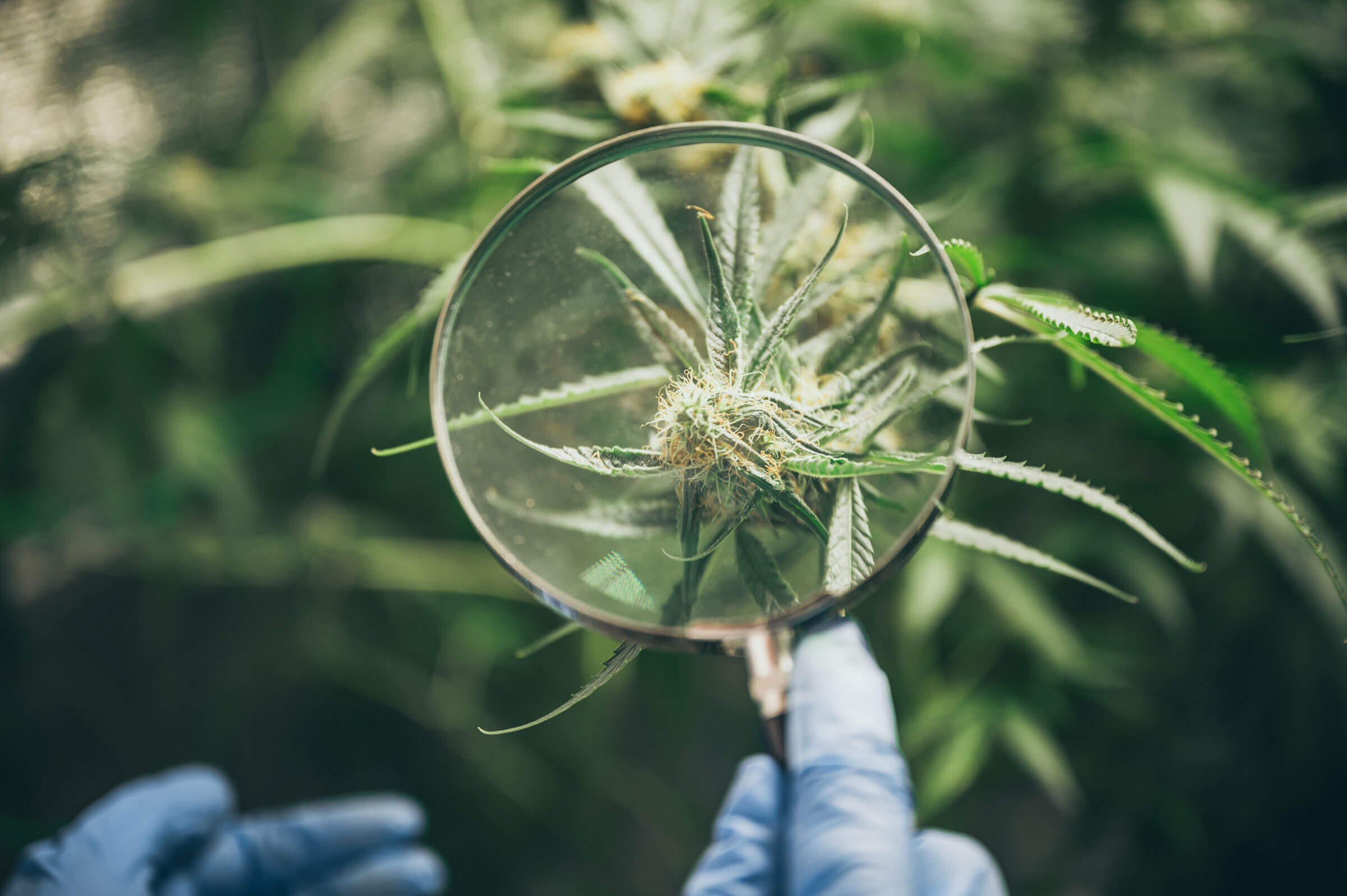A successful pest management program does not solely rely on the use of chemical products.
There are a few cultural practices that, if properly and constantly implemented during the entire plant cycle, can have a significant role in helping to prevent pest problems from starting or reduce their rate of development and spread.
Irrigation
Maintaining optimal levels of irrigation encourages healthy sustained plant growth which aids the plant in defending against or recovering from pest attacks. Avoid wetting plant foliage when watering to minimize the spread of diseases. Some disease spores must have moisture on the leaves for a certain period of time in order to germinate, grow and infect plant tissue. Keeping leaves dry helps stop this. If leaves must be wet due to watering, for example, do it at a time of day when leaves can dry quickly.
Fertilization
Maintaining proper fertility also encourages healthy sustained plant growth, which makes the plant more tolerant to pests. Plant stress can occur from underfeeding as well as overfeeding. Thus, balancing inputs to plant growth is important to one’s IPM strategy. If underfed, plants may not be able to develop natural defenses to sufficiently cope with pest infestations, while overfeeding may promote the insurgence of some insect and mite outbreaks due to the greater availability of nitrogen.
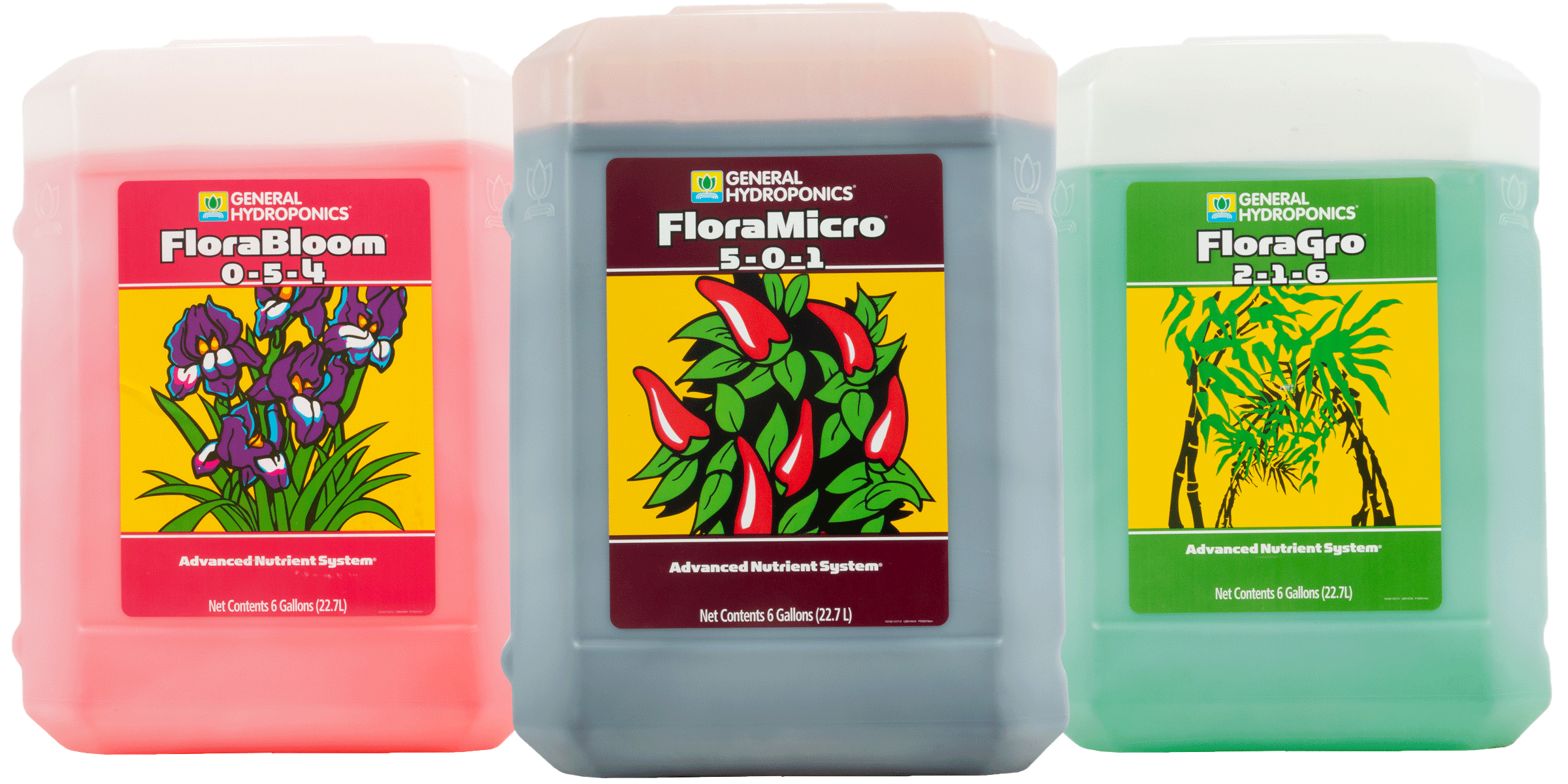
Electrical Conductibility (EC) and PH Monitoring
Electrical conductibility (EC) is the measure of total dissolved salts in a solution, which influences a plant’s ability to absorb water and nutrients. Monitoring the EC level is a common practice in controlled environments that ensures fertility levels are where they need to be to maintain healthy plants.
Lower-than-optimal EC readings typically indicate a nutrient deficiency, especially low levels of nitrogen. High EC levels can indicate you are supplying too much fertilizer or that your plants are not absorbing the nutrients, both of which can lead to a salt-toxicity leaf burn. The presence of too high or too low salt levels is a sign that adjustments are needed before damage shows up in plants and pests take advantage of stressed and less vigorous plants. Recommended EC ranges depend on the growth stage, the growing system, irrigation level, and water quality.
Plant Varieties/Strains
Growing CBD Hemp strains that are known to be more tolerant to common pests of controlled environments may help with preventing the rise and development of infestations. Stay informed of new varieties with pest resistance through Hawthorne and local university extension services.
Plant Spacing
Spacing plants will help optimize light reception and air circulation while decreasing chances of pests spreading from a hot spot to neighboring, healthy plants. On the other hand, growers want to push productivity by using high plant densities, so it’s a trade-off between pest prevention, risk and plant productivity. Plant spacing varies with growing style—vertical racking is usually around 1 plant per square foot, whereas indoor bench systems commonly have 1 plant per 2 square feet.
Pruning
In addition to properly spacing plants, pruning on a recurrent basis will further promote light distribution within the canopy and airflow. Removal of sections of a plant that have been infested by a pest will also help decrease the spread of it to other sections of the plant and to neighboring plants. Make sure to sterilize the pruning devices when moving from one plant to a new one as they can vector insects and diseases from unhealthy to healthy plants.
Biological Control
Encourage natural control of insects and mites by preventatively releasing predatory insects or parasitoids. The former kills the pests by feeding on them, whereas the latter lives in close association with its host at the host’s expense, eventually resulting in the pest’s death.
To decrease soil-borne insects such as fungus gnats and pupating thrips larvae, early releases of the predatory mite Stratiolaelaps will help as it feeds on these insects at their larval stage. Amblyseious fallacis is another predatory mite which instead feeds on broad mites and other eriophyid mites, pests that typically infest the plant canopy.
To name a few other beneficials, if you experience aphid problems, use the predatory midge Aphidoletes aphidimyza. To kill whiteflies instead, perform early releases of the parasitic wasps Encarsia formosa or Eretmocerus eremicus.
As a rule of thumb, make sure to take advantage of beneficial insects at the starting of the plant vegetative phase as, once plants’ buds have become sticky in late flowering, beneficial insect application becomes tricky and inefficient. If relying on beneficials to keep pest populations low, but there is a need of pesticide application to quickly decrease the pest infestation level, it is recommended to do a hot spot treatment rather than spraying the whole crop. Use sprays with low residual such as insecticidal soaps (General Hydroponics Exile), bioinsecticides (General Hydroponics Defguard, Marrone Bio Innovation Regalia CG Biofungicide) or oil-based pesticides (Nuk Em, General Hydroponics Azamax).
Inoculum of Beneficial Microbes
The microbes associated with plant roots are in two classes: disease-causing pathogens and plant-beneficial types. The beneficials can aid plants in many ways, some help break down organic matter and deliver nutrients, some produce hormones which increase rooting, certain types can rapidly colonize soil and outcompete pathogens for resources, while others even produce compounds that protect plants by inhibiting pathogens.
Mother Plant Care
A mother plant is a plant that is grown specifically for cloning purposes and is kept in the vegetative state. Mother plants can harbor pests which can go unnoticed and be vectored to a new production cycle by using infested cuttings collected from an infested mother plant. It is recommended to not take cuttings from a mother plant which is showing symptoms of a pest infestation as this has a high likelihood of transmitting the pest to the offspring. Also, avoid keeping the mother plants alive for longer than 3-4 months prior to swapping it out as they become woody, loose vigor and become more susceptible to pests. Finally, it is best to use smaller mother plants to obtain more vigorous and uniform cutting material. Younger and smaller plants are also easier to scout for presence of pests.
Disclaimer: When using this guide for recommendations on treating plant pest issues, you must always verify and follow any and all product label directions for use as required by federal and state laws.
